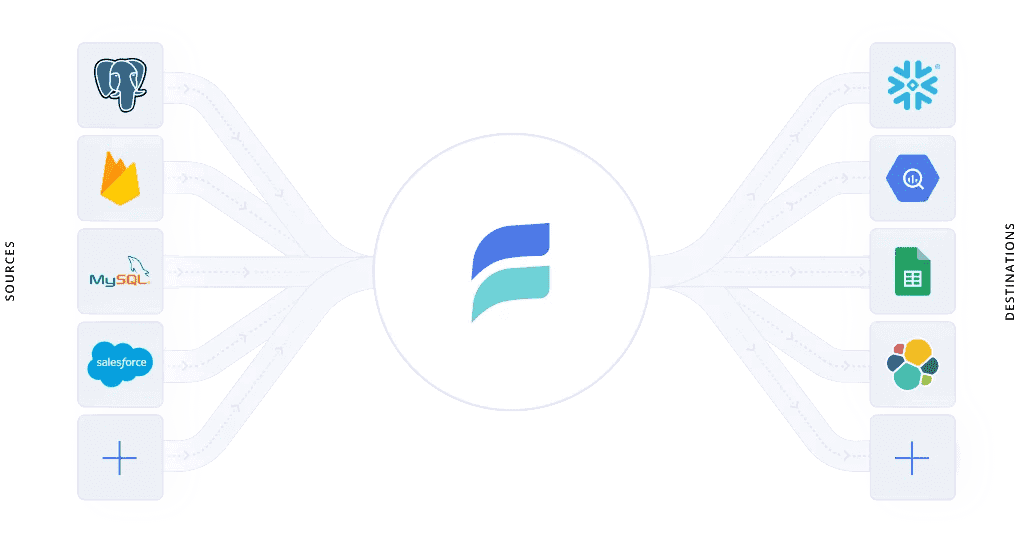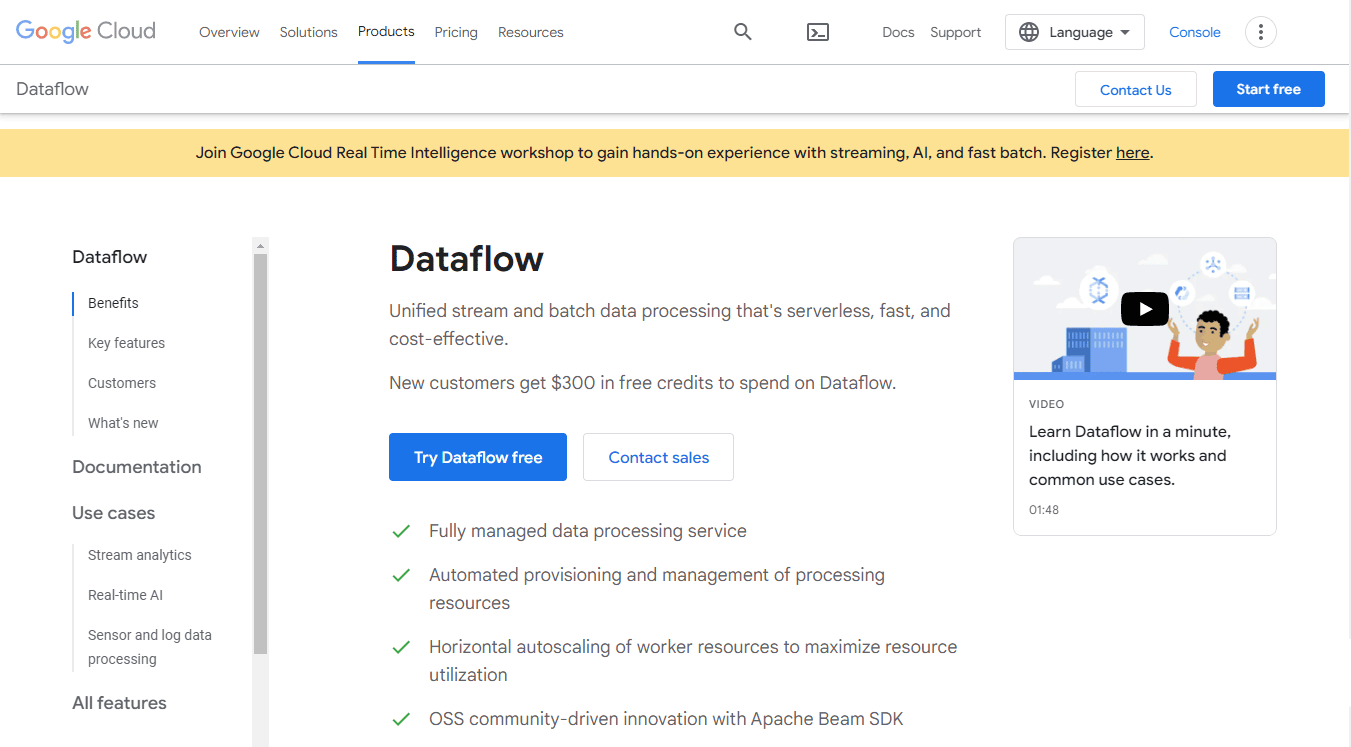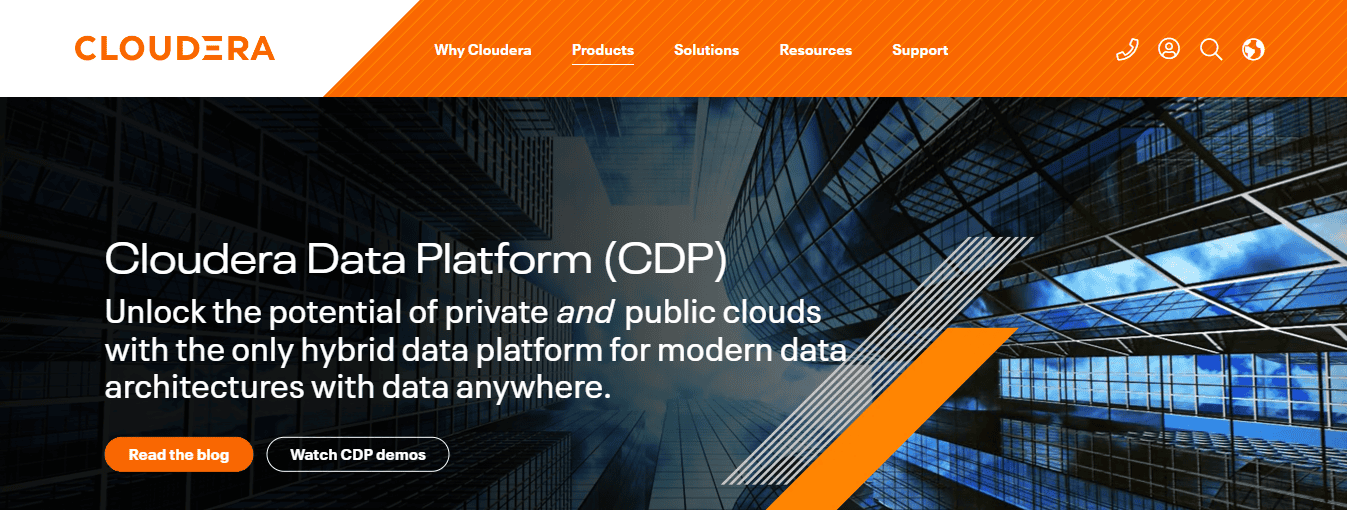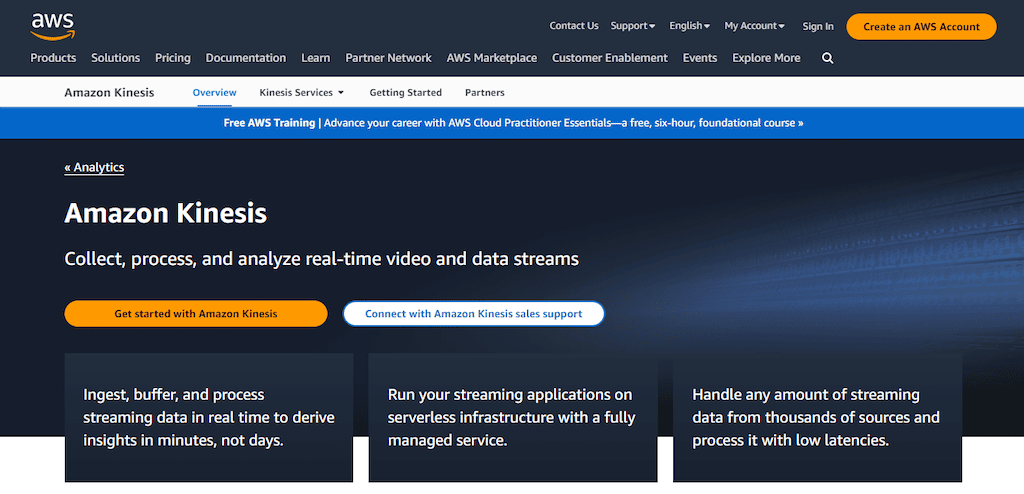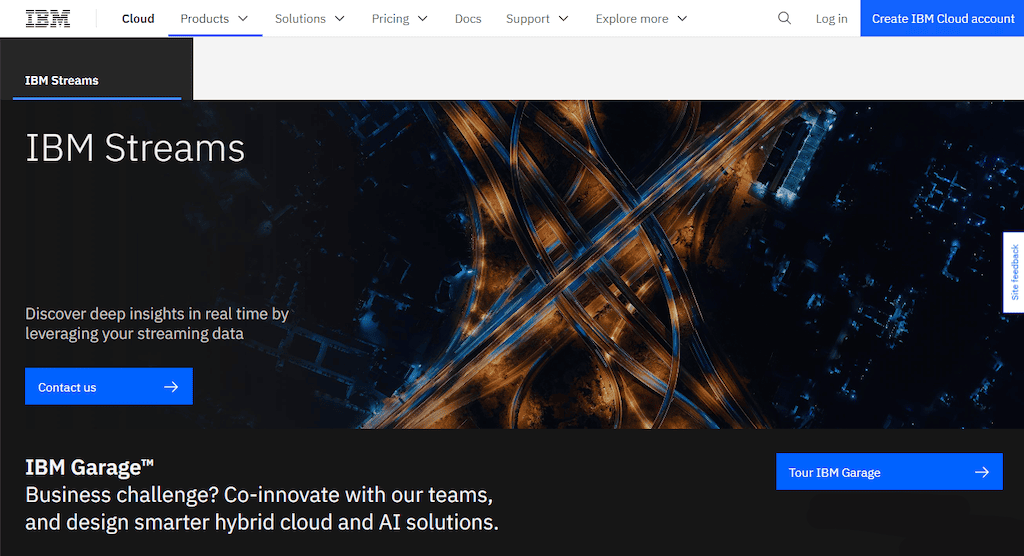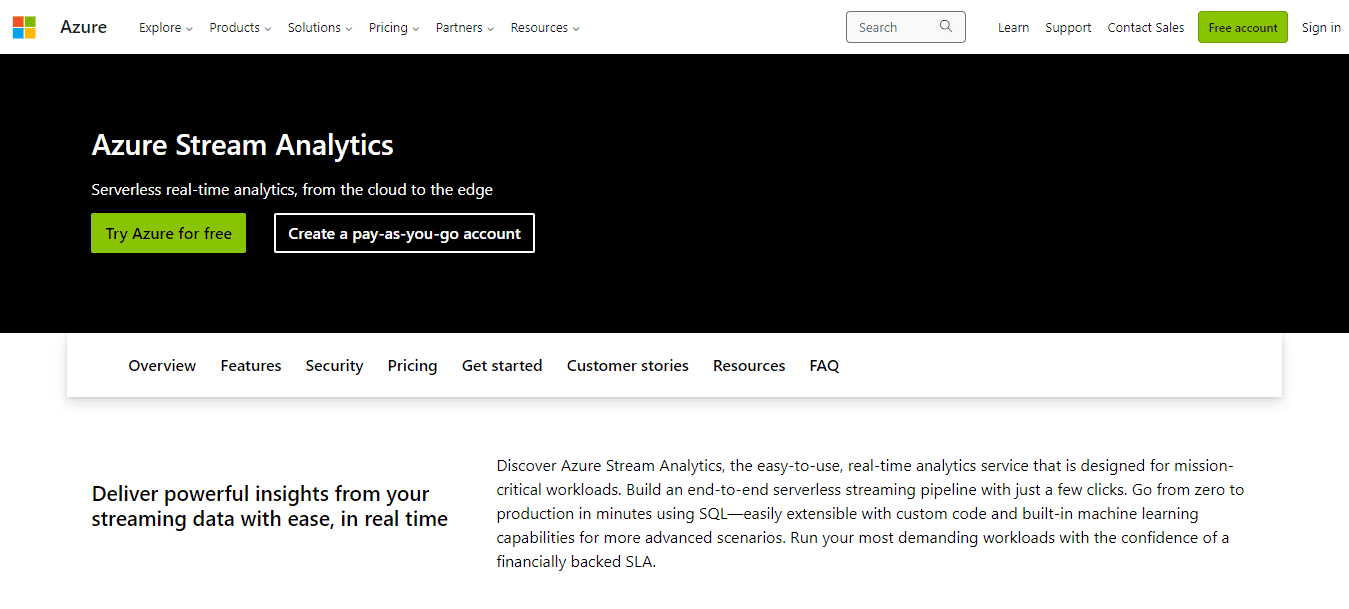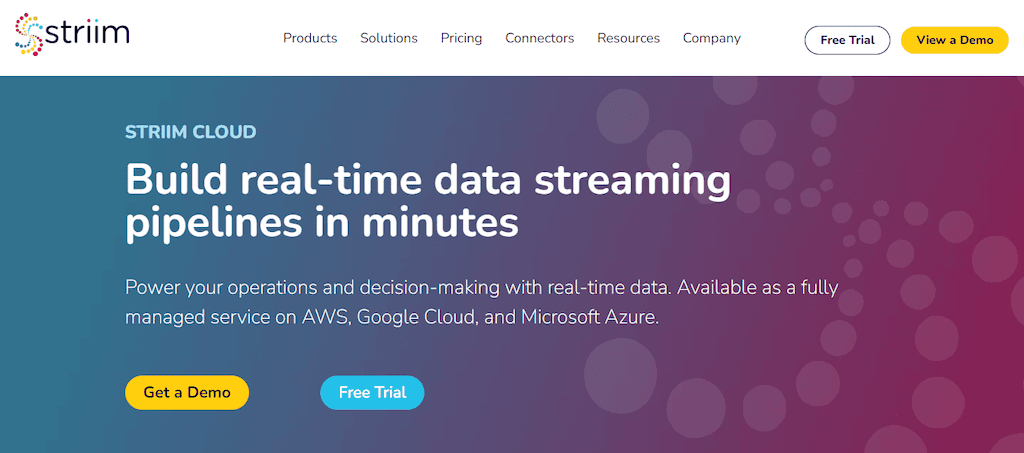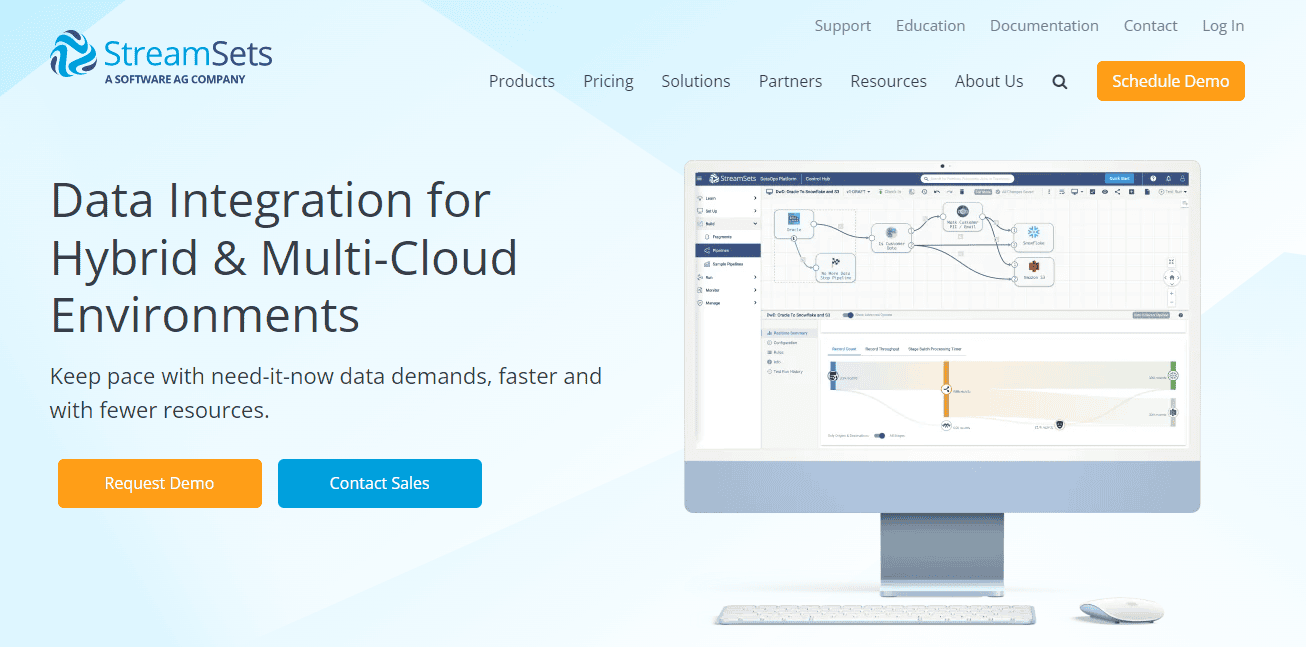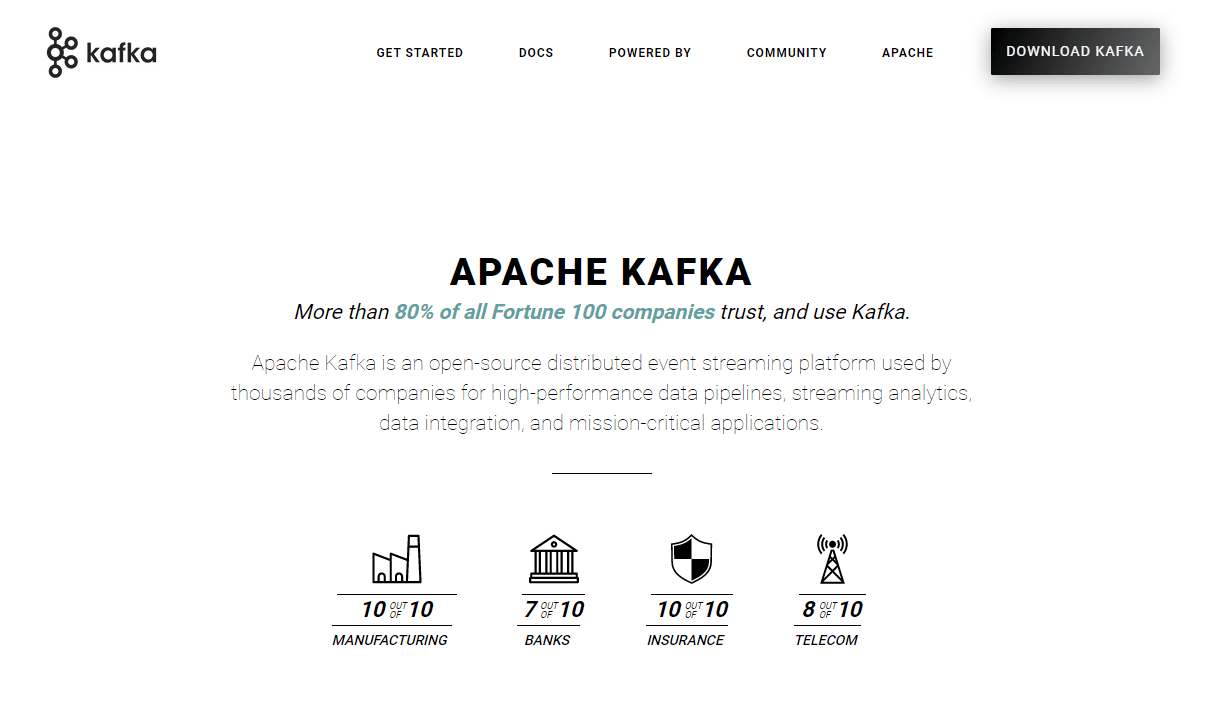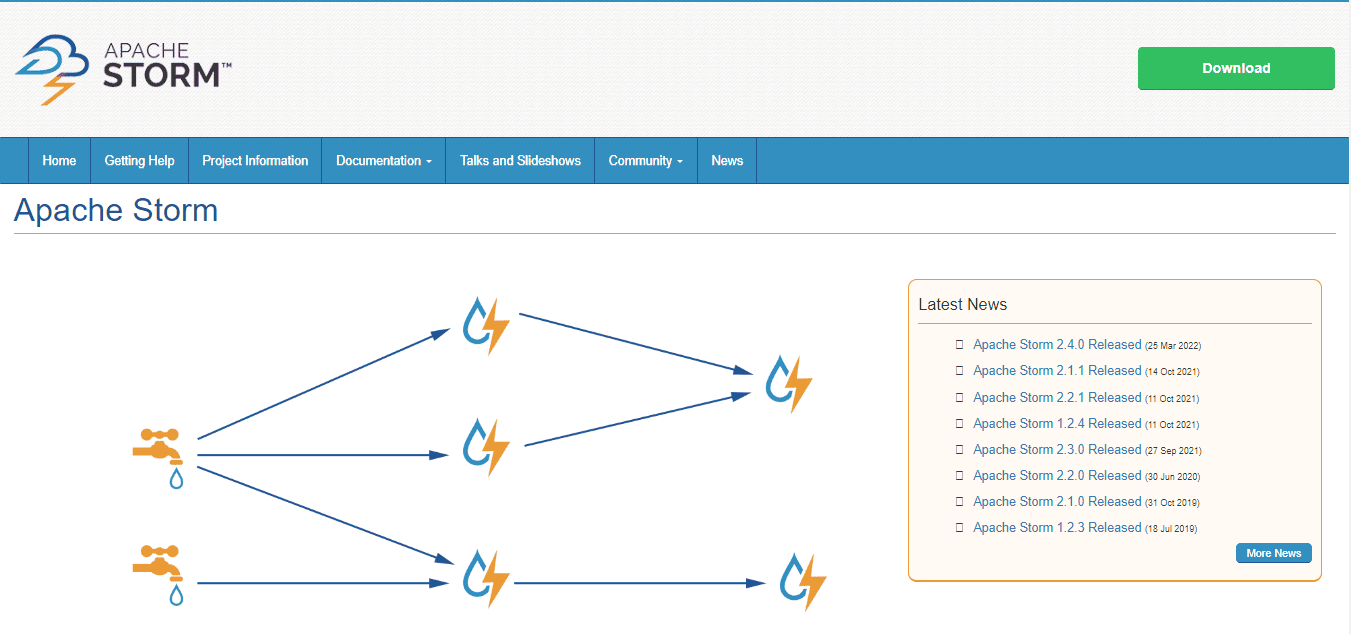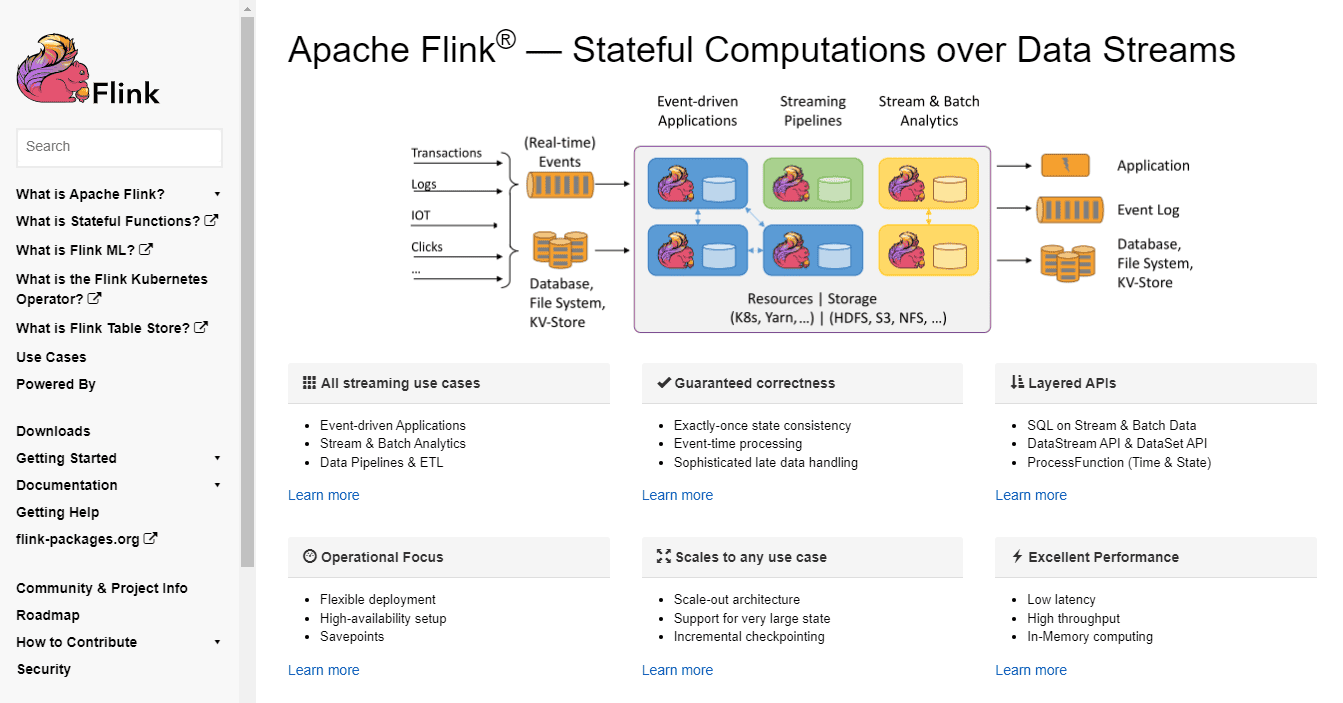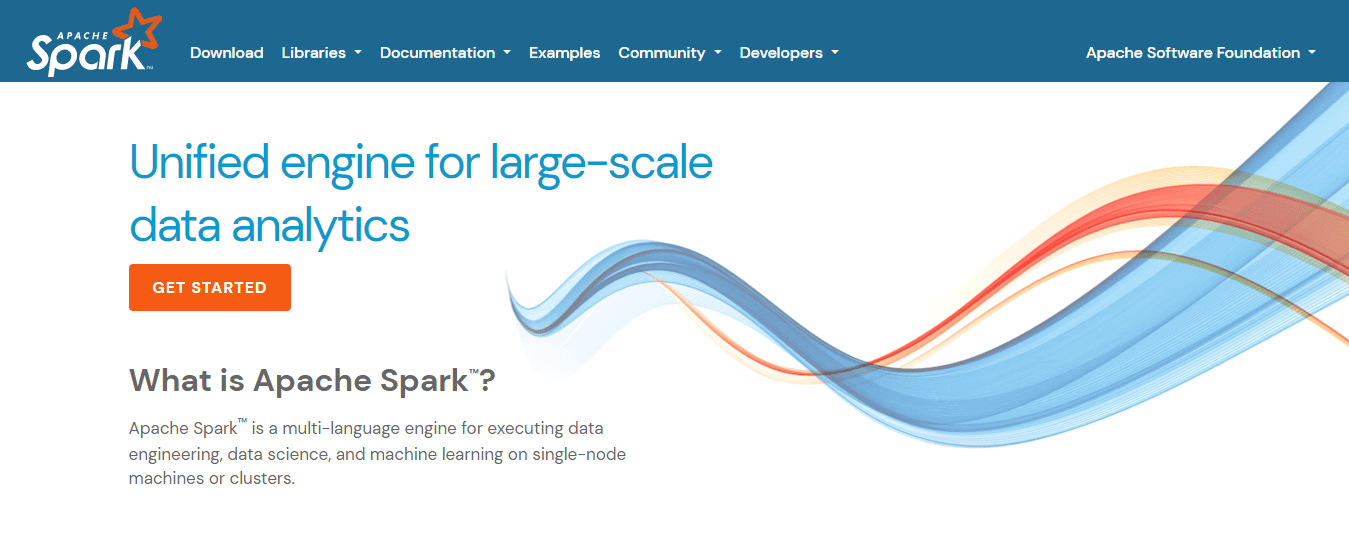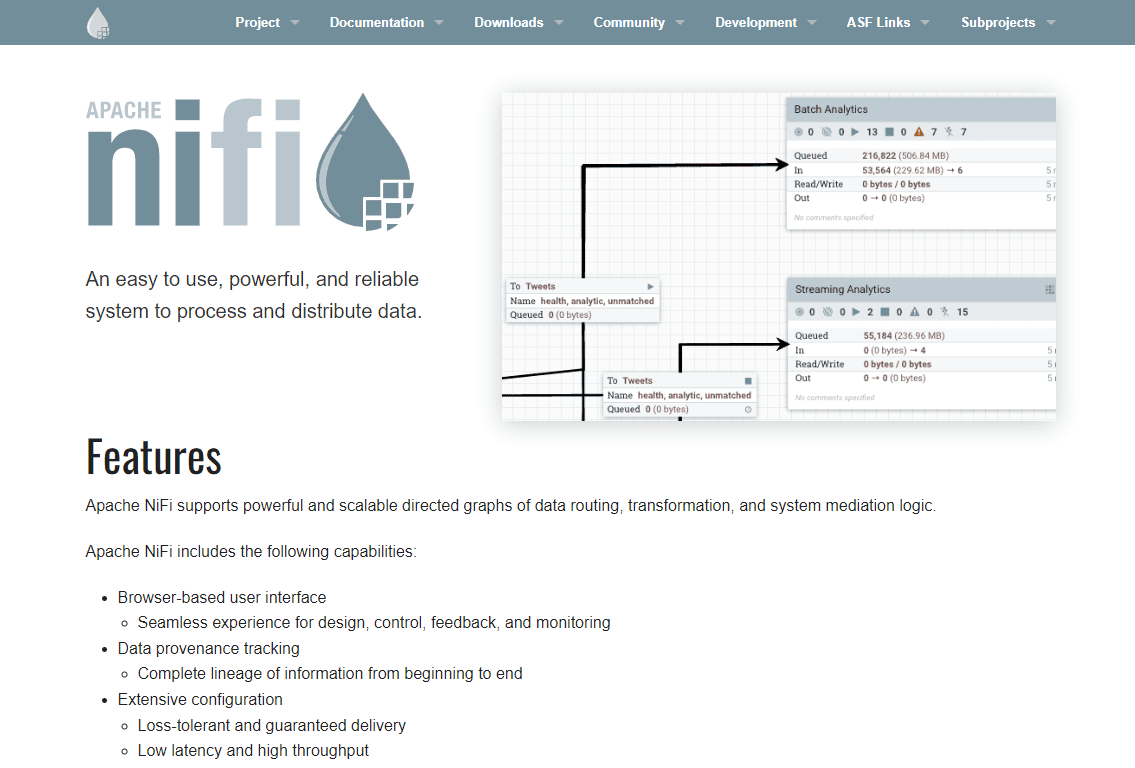
Step into the fast-paced, data-driven world where data streaming platforms reign supreme. These extraordinary systems are champions of handling colossal amounts of data at breakneck speeds, catapulting companies toward well-informed decisions.
While these data streaming platforms are necessary for most businesses to reach and sustain growth, choosing the right one can be a challenge with so many options available on the market.
In this article, we'll walk you through 2023’s best data streaming systems. By the time you’re done reading this 10-minute guide, you'll have a comprehensive understanding of the strengths and weaknesses of each platform and select the ultimate platform to propel your company to new heights.
But before we discuss the different types, let's understand the core concepts of a data streaming platform to help you better understand the differences and similarities between various streaming platforms and evaluate which platform is best suited for your particular use case.
What Is A Data Streaming Platform?
A data streaming platform is a software system that manages the constant flow of information in real-time or near real-time. It lets businesses quickly take in, process, examine, and save huge amounts of data from different sources while keeping delays to a minimum.
With these platforms, organizations can easily spot valuable insights, make smart choices, and adapt to changes in the business environment or new trends on the fly. Data streaming platforms typically consist of multiple components that work together to facilitate the following core functions:
Data Ingestion
Data ingestion involves collecting and importing data from multiple sources, such as IoT devices, log files, social media feeds, and databases, into a single storage medium. Data streaming platforms must support various data formats and protocols to ensure seamless data ingestion.
Data Processing
Data processing refers to the transformation and manipulation of data to derive meaningful insights. This may include filtering, aggregating, enriching, or cleaning the data. Data streaming platforms must offer robust processing capabilities, allowing users to handle both simple and complex data processing tasks.
Data Analysis
Data analysis is the process of looking at data and figuring out what it means to find patterns, trends, and oddities. Data streaming platforms often include real-time analytics capabilities, enabling businesses to analyze streaming data as it arrives and make timely decisions based on up-to-date information.
Data Storage
Data storage involves persisting processed data for further analysis, reporting, or archiving. Data streaming platforms must integrate with various storage solutions, such as databases, data warehouses, or data lakes, to accommodate different storage needs and requirements.
Now that we’ve covered the basics, let’s take a look at the best data streaming platforms.
9 Best Data Streaming Platforms For Efficient Management
Here are the 9 best streaming data platforms that can simplify your data processing workflows.
Estuary Flow
Estuary Flow is a popular data streaming platform that offers an easy setup, an intuitive user interface, and cost-effective pricing models. Our platform is fully managed, so you can focus on your core operations, while Estuary Flow takes care of your data streaming workflows. It supports multiple sources and destinations which allows for greater flexibility and versatility in data processing.
Estuary Flow includes a powerful data stream processing engine that allows you to perform complex data transformations, aggregations, and analytics in real time. It shines as a managed solution for ETL processes, offering a robust set of features and pre-built connectors to simplify data extraction, transformation, and loading.
Its compatibility with various input and output connectors allows for easy integration with existing infrastructure and simplifies the process of combining data from different sources.
By integrating seamlessly with various data sources, Estuary Flow accelerates the ETL process and ensures data consistency. We have kept the interface user-friendly so that you can design, control, and monitor data flow with ease.
Estuary Flow's real-time analytics capabilities and built-in machine learning models enable businesses to generate actionable insights quickly and efficiently, making it an attractive option for all your data integration needs.
Why Choose Estuary Flow
- Budget-friendly
- User-friendly interface
- Fully managed platform
- Quick setup and configuration
- Supports a variety of sources and destinations
Confluent Cloud
Confluent Cloud lets you access, store, and manage real-time data streams. It adds enterprise-level capabilities to Apache Kafka without additional management or monitoring. It allows you to dynamically scale your streaming workloads based on the changing demands of your applications. It can scale up or down automatically, ensuring that you always have the right amount of resources to handle your streaming data.
Confluent Cloud provides fully managed cloud services on AWS, Azure, and Google Cloud and self-managed software deployment for on-premises and private cloud workloads. It is good for use cases such as real-time analytics, event-driven architectures, and microservices.
Why Choose Confluent Cloud
- Fully managed platform
- Highly scalable and reliable
- Built on top of Apache Kafka
- Pre-built connectors for various data sources
Google Cloud Dataflow
Cloud Dataflow is Google Cloud’s fully-managed, serverless data processing platform that simplifies creating and running powerful data pipelines. Powered by Apache Beam, it offers a unified programming model for batch and streaming data processing, making it suitable for various use cases.
Google Cloud Dataflow is popular for its seamless integration with other Google Cloud services, as well as its scalability, flexibility, and real-time data processing capabilities. It is ideal for real-time analytics, data transformation, and data enrichment tasks.
Why Choose Google Cloud Streaming Analytics
- Highly scalable and reliable data processing
- Rich ecosystem of pre-built connectors and templates
- Built on top of Apache Beam for a unified programming model
- Integration with Google Cloud services and various data sources
- Serverless architecture for simplified management and cost-efficiency
Cloudera Data Platform
Cloudera Cloud Platformis an enterprise-level managed data streaming platform that offers a wide range of features and capabilities. It is highly scalable and can process data from multiple sources and destinations efficiently. With the Cloudera Data Platform, businesses can perform real-time analytics, build and deploy data pipelines, and manage their data workflows with ease.
CDP can be easily scaled to process small amounts of data or large, complex datasets. It also offers robust security features, including data encryption, role-based access control, and multi-factor authentication, to ensure that data is protected at all times.
Why Choose Cloudera Data Platform
- Efficient real-time analytics
- Advanced data processing capabilities
- Streamlined data processing workflows
- Suitable for businesses with complex data processing requirements
Amazon Kinesis
Amazon Kinesis is a popular managed data streaming platform that enables businesses to process and analyze data streams in real time. It can seamlessly integrate with other AWS services such as Amazon S3, Amazon Redshift, and Amazon Elasticsearch. Kinesis also integrates with AWS Lambda, making it easy to run custom code in response to streaming data events.
Amazon Kinesis provides multiple ways to process streaming data, including real-time data analytics with Kinesis Data Analytics and machine learning with Kinesis Data Analytics for Apache Flink. Kinesis also provides support for multiple languages which makes it easy for developers to use their preferred programming language to build streaming applications.
Why Choose Amazon Kinesis
- Highly scalable and reliable
- Real-time analytics capabilities
- Pre-built connectors for various data sources
IBM Streams
IBM Streams is a managed streaming data platform that enables real-time analytics and insights. It supports multiple sources and destinations and offers an easy-to-use interface. IBM Streams can perform advanced analytics on real-time data streams.
One of the best things about IBM Streams is its high availability and fault-tolerant architecture. It is designed to handle large-scale data processing with minimum downtime to ensure that data streams are processed continuously without any interruption. IBM Streams achieves high availability through its distributed architecture which distributes processing tasks across multiple nodes.
Why Choose IBM Streams
- Built on top of Apache Kafka
- Integration with other IBM services
- Low-latency processing and fast data retrieval
- Real-time data streaming and processing capabilities
- Strong security features, including role-based access control and end-to-end encryption
Azure Stream Analytics
Azure Stream Analytics is a fully-managed and reliable platform for streaming data ingestion, processing, and analytics with high throughput and low latency. It allows users to write SQL-like queries to process streaming data. This makes it easy for SQL-savvy developers to get started with the platform quickly.
Azure Stream Analytics supports custom code and allows users to extend the functionality of their queries with user-defined functions written in C# or JavaScript. The tool is fully integrated with other Azure services, including Event Hubs, IoT Hub, and Blob Storage. This allows users to easily move data between services and build end-to-end streaming solutions that incorporate various Azure components.
Why Choose Azure Stream Analytics
- Integration with other Microsoft Azure services
- Provides high availability and disaster recovery options
- Unified programming model for batch and streaming data processing
- Supports multiple output options, including Power BI, Azure SQL Database, and Azure Data Lake Storage
Striim Cloud
Striim Cloud is a fully managed data streaming platform available on AWS, Google Cloud, and Microsoft Azure. It supports 100s of connectors to connect different types of data sources together and utilizes change data capture (CDC) for real-time ETL workflows.
Built on a distributed, streaming SQL platform, Striim Cloud allows for continuous queries on streaming data, joins with historical caches, and scales up to billions of events per minute. It also simplifies the process of building real-time data pipelines and provides powerful data pipeline monitoring capabilities.
Why Choose Striim Cloud
- Fully managed service on AWS, Google Cloud, and Microsoft Azure
- Real-time data integration capability
- Change Data Capture for real-time ETL
- Streaming SQL and real-time analytics
- Pre-built connectors for popular cloud services and databases
StreamSets
StreamSets DataOps Platform is a comprehensive, end-to-end data integration solution that empowers businesses to build, deploy, and manage high-performance data pipelines across a variety of use cases. One of the unique points of StreamSets is its intelligent data routing capabilities. This platform comes with built-in functionality that automatically routes data to the right destination based on the rules that you define.
StreamSets offers comprehensive data validation and error-handling features. This platform includes a built-in data quality engine that checks for data anomalies and errors and alerts users when issues are detected. Additionally, StreamSets provides automatic error handling and retry mechanisms that ensure data pipelines continue to run even in the event of failures or errors.
Why Choose StreamSets DataOps Platform
- Unified platform for batch and streaming data processing
- Easy-to-use visual interface for pipeline creation and management
- Seamless integration with popular big data technologies and cloud services
- Extensive library of pre-built connectors for various data sources and destinations
Apache Kafka
Apache Kafka is a distributed, open-source streaming platform that lets businesses build and run pipelines and apps that use real-time data. Known for its high throughput, fault tolerance, and scalability, Apache Kafka is widely used by organizations for processing and analyzing streaming data.
Apache Kafka is made to work with a wide range of use cases. It can handle real-time analytics, event-driven architectures, and even microservices. It provides a robust publish-subscribe messaging system for efficient and reliable data streaming.
Why Choose Apache Kafka
- Integration with other Apache projects
- High throughput, low latency, and fault-tolerance
- Scalable, reliable, and secure platform for real-time data processing
- Ideal for real-time analytics, log aggregation, and stream processing
Apache Storm
Apache Stormis a distributed, open-source stream processing platform that enables businesses to process and analyze real-time data with high throughput and low latency.
Storm was made to handle errors and grow as needed, so users can process large amounts of streaming data quickly and reliably. Its simple programming model makes it easy to develop and deploy real-time data processing applications.
Apache Storm is great for a wide range of uses, such as real-time analytics, event-driven architectures, and tasks that change data.
Why Choose Apache Storm
- User-friendly, flexible, and scalable
- Integrates with other Apache projects
- Scalable, reliable, fault-tolerant platform for real-time processing
- Great for real-time analytics, machine learning, and IoT processing
Apache Flink
Flink is Apache’s offering for distributed stream processing. It enables businesses to process and analyze large volumes of streaming data in real time. Flink's powerful and flexible programming model is suitable for batch and streaming data processing tasks. It has high throughput, low latency, and strong consistency.
Apache Flink is ideal for various use cases, such as real-time analytics, event-driven architectures, and stream processing. Flink's advanced data processing and transformation functions enable businesses to efficiently handle large-scale data processing tasks while maintaining performance and reliability.
Why Choose Apache Flink
- Easy-to-use APIs
- Flexible windowing semantics
- Built-in machine learning libraries
- Support for event-time processing
- Low latency, high throughput, and fault-tolerant
- Rich set of connectors for data sources and sinks
Apache Spark
Apache Spark is a powerful, open-source data processing engine that performs advanced analytics on large-scale data sets. Spark supports batch and streaming data processing, machine learning, graph processing, and real-time analytics. Its in-memory processing lets companies process data streams quickly and efficiently.
Spark also provides companies with great flexibility thanks to its large library of built-in APIs and integrations.
Why Choose Apache Spark
- Low latency processing
- Real-time monitoring and alerting
- Wide range of deployment options
- Support for complex event processing
- Seamless integration with batch processing
- Support for various data sources and formats
14. Apache NiFi
Apache NiFi is an open-source, easy-to-use data integration and processing platform that allows businesses to build, deploy, and manage data pipelines with ease. With its visual interface, NiFi enables users to design, control, and monitor data flows in real-time, making it suitable for both batch and streaming data processing tasks.
Apache NiFi is known for its powerful data routing, transformation, and system mediation capabilities. It offers a wide range of pre-built processors for various data sources and destinations, making it highly adaptable for diverse data integration scenarios. Apache NiFi is ideal for use cases such as real-time analytics, data ingestion, and data transformation.
Why Choose Apache NiFi
- Easy-to-use visual interface for pipeline creation and management
- Open-source data integration platform for flexibility and customization
- Powerful data routing, transformation, and system mediation capabilities
Why Are Data Streaming Platforms Essential For Your Business?
In today's cutthroat digital landscape, your business needs to act quickly based on data-driven insights. Data streaming tools play a vital role in processing and analyzing vast data volumes in real time, empowering you to stay ahead of your competition.
Here's why you should consider using them in your business:
- Make decisions in real-time: Data streaming platforms offer instant insights, letting you make informed decisions fast. This leads to better operations, customer experiences, and quick responses to market trends.
- Easy scalability: Designed for handling massive data volumes, these platforms let you scale your business data infrastructure as needed, ensuring performance and reliability.
- Better data quality: Real-time data processing helps you spot inconsistencies or inaccuracies, improving their data quality and decision-making accuracy.
- Seamless data integration: These platforms allow for real-time integration of data from various sources like sensors, mobile devices, and social media, giving a comprehensive view of operations and customers.
- Cost-effectiveness: Open-source technologies and pay-as-you-go pricing models make data streaming platforms affordable, reducing overall ownership costs.
- Reliability and fault-tolerance: Built to withstand hardware failures or network disruptions, these platforms ensure continuous access to real-time insights, helping businesses adapt to market changes.
Conclusion
In today's data-driven world, data streaming platforms are a crucial part of many IT environments and architectures that need to process large amounts of data. While there are plenty of software options available that might work for your specific needs, there isn't a single one that can be considered the "perfect fit".
As you mull over the contenders, why not let Estuary Flow sweep you off your feet? Our managed data streaming platform boasts an effortless setup, a user-friendly interface, and wallet-friendly pricing. We at Estuary Flow will take care of your data streaming workflows and with support for multiple sources and destinations, we guarantee flexibility and versatility in the data processing.
To take advantage of real-time analytics and data processing optimization, sign up for Estuary Flow today.

Author
Popular Articles





